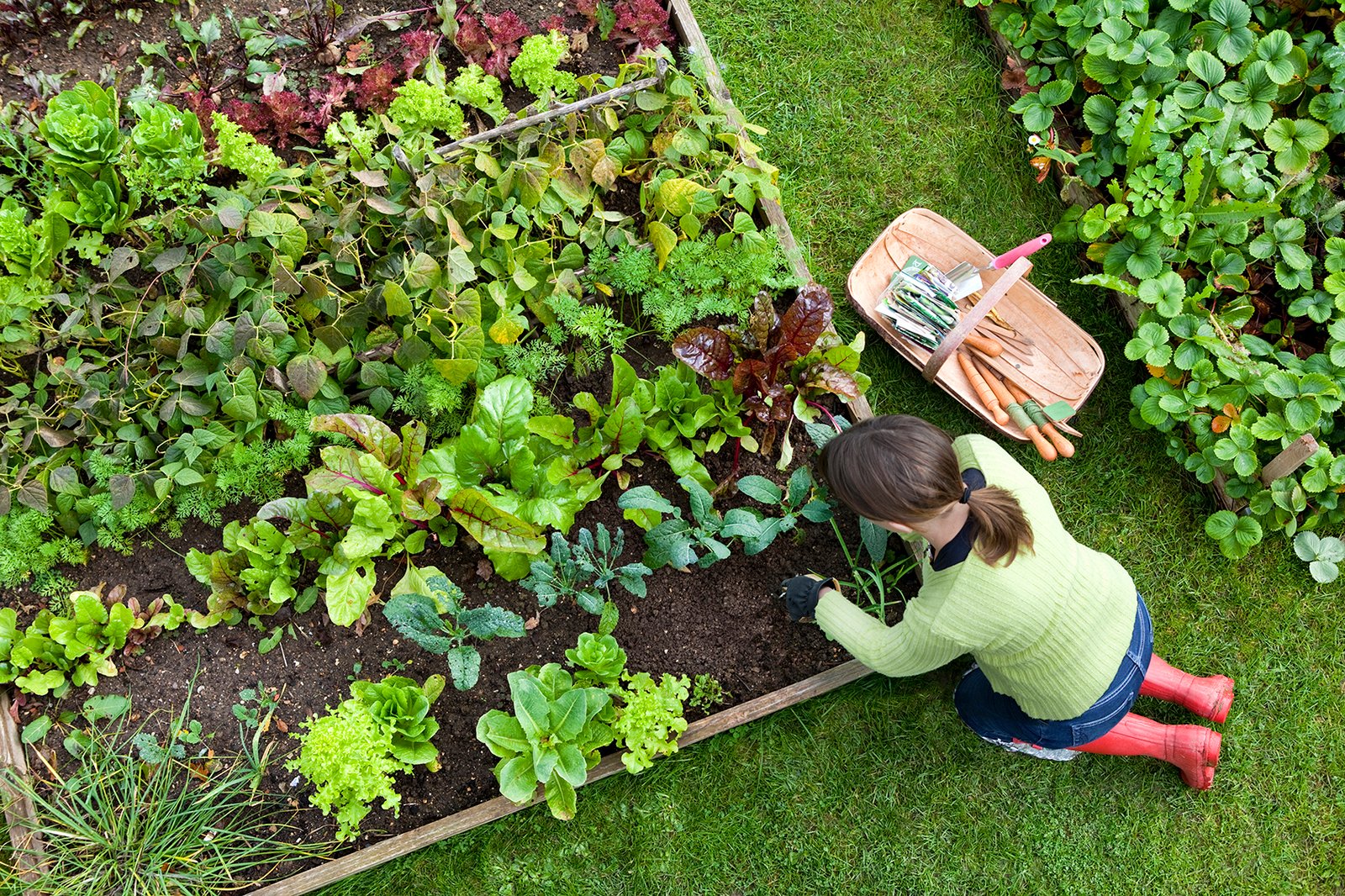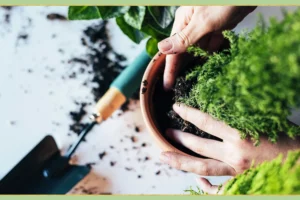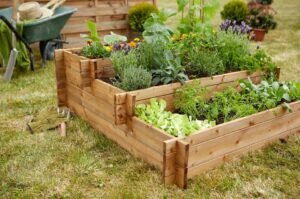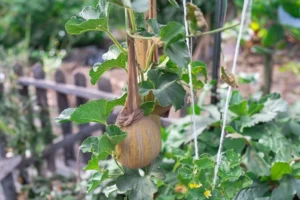Gardening is one of the most rewarding hobbies you can embrace. It not only adds beauty to your home but also promotes mental well-being, reduces stress, and can even provide fresh produce for your kitchen. However, for beginners, growing plants at home may seem daunting. From choosing the right soil to managing sunlight and watering, there are many factors to consider. The good news is that with some simple strategies, anyone can enjoy a thriving home garden. This guide provides easy gardening tips that will help you grow plants successfully, whether you have a backyard, balcony, or indoor space.
Start with the Right Plants
The first step to successful gardening is choosing plants that are easy to grow and suited to your environment. Beginners should consider hardy plants that require minimal care. Herbs like basil, mint, and parsley, or vegetables like lettuce, spinach, and cherry tomatoes, are excellent starting points.
For indoor gardening, opt for low-maintenance houseplants such as pothos, snake plants, and peace lilies. Selecting the right plants ensures that you have a higher chance of success and reduces the risk of frustration. Pay attention to factors such as climate, sunlight exposure, and available space when choosing your plants.
Use Quality Soil
Healthy plants need healthy soil. Using quality soil or potting mix provides essential nutrients and improves drainage. If you are planting in pots, use a well-draining potting soil instead of garden soil, which may compact and hinder root growth.
For outdoor gardens, testing your soil for pH and nutrient levels can help you determine whether amendments like compost or organic fertilizers are needed. A balanced, nutrient-rich soil foundation will give your plants the strength they need to grow vigorously.
Water Your Plants Correctly
Watering is a crucial aspect of home gardening. Both overwatering and underwatering can harm plants. Most plants thrive with deep, infrequent watering rather than frequent shallow watering. Deep watering encourages roots to grow deeper, making plants more resilient to drought and stress.
It is also important to water at the right time. Early morning or late afternoon watering is ideal because it reduces evaporation and allows leaves to dry, lowering the risk of fungal infections. Using a watering can or drip irrigation system ensures water reaches the roots effectively without wastage.
Provide Adequate Sunlight
Sunlight is essential for photosynthesis, which allows plants to produce energy. Each plant has specific sunlight requirements. While some plants thrive in full sun, others prefer partial shade. Knowing your plants’ needs and positioning them accordingly will significantly impact their growth.
For indoor plants, place them near windows with bright, indirect light. If natural light is insufficient, consider using grow lights to supplement. Ensuring your plants get adequate sunlight will improve their health, flowering, and productivity.
Mulch to Retain Moisture and Suppress Weeds
Mulching is a simple and effective way to support plant growth. A layer of organic mulch, such as straw, shredded leaves, or wood chips, helps retain soil moisture, regulate temperature, and suppress weeds.
Mulching also prevents soil erosion and adds nutrients as it decomposes. Apply a 2–3 inch layer around the base of your plants for optimal results. This low-maintenance step saves time and ensures that your plants remain healthy throughout the growing season.
Practice Companion Planting
Companion planting is a natural gardening strategy where certain plants are grown together to support each other’s growth. Some combinations deter pests, while others improve soil fertility or enhance flavor.
For instance, planting basil near tomatoes can improve the taste of the tomatoes and repel harmful insects. Marigolds are another excellent companion plant, as they help keep nematodes and pests away from vegetables. Understanding companion planting helps maintain a healthier and more productive garden naturally.
Reuse Household Items Creatively
You don’t need expensive gardening tools to start. Many household items can be repurposed to benefit your garden. For example, egg cartons, yogurt cups, and old containers can be used as seed starters or plant pots.
Kitchen scraps such as coffee grounds, eggshells, and vegetable peelings make excellent compost, enriching your soil with nutrients. Reusing household items saves money and makes your gardening practice more sustainable and environmentally friendly.
Regular Pruning and Deadheading
Pruning and deadheading are essential for maintaining plant health and encouraging growth. Pruning removes dead or damaged branches, improving air circulation and allowing new growth to flourish.
Deadheading, or removing spent flowers, prevents the plant from wasting energy on seed production and encourages more blooms. Regular maintenance like this keeps your garden neat and ensures plants stay strong and vibrant.
Protect Plants from Pests Naturally
Pest management is a common concern for gardeners. However, chemical pesticides are not always necessary. Natural solutions such as neem oil, insecticidal soap, or garlic sprays are effective and safe for home use.
Additionally, introducing beneficial insects like ladybugs or lacewings can help control harmful pests. Keeping your garden clean by removing fallen leaves and debris also reduces pest infestation. Natural pest control ensures a healthy, chemical-free environment for your plants and family.
Label Your Plants
Keeping track of your plants is an often-overlooked aspect of gardening. Labeling your plants with their names, planting dates, and care instructions helps you stay organized and monitor their growth effectively.
Simple labels can be made from popsicle sticks, old plastic tags, or recycled materials. Proper labeling helps you manage watering schedules, fertilization, and pruning routines, making gardening easier and more efficient.
FAQ Section
Q1: How often should I water my plants at home?
A1: Most plants benefit from deep watering 2–3 times per week. Check the soil moisture before watering to avoid overwatering. Adjust frequency depending on the plant type, season, and climate.
Q2: Can I grow vegetables indoors?
A2: Yes! Many vegetables like lettuce, spinach, cherry tomatoes, and herbs thrive indoors with sufficient light and proper care. Use pots with good drainage and provide at least 6 hours of sunlight or artificial grow light daily.
Q3: What is the easiest way to prevent pests?
A3: Using natural methods like neem oil, insecticidal soap, or companion planting helps prevent pests. Introducing beneficial insects and keeping your garden clean are also effective strategies.
Q4: Do I need to use chemical fertilizers?
A4: No. Compost, kitchen scraps, and organic fertilizers provide essential nutrients naturally. These alternatives improve soil health without harming the environment or your plants.
Q5: How can I start gardening if I have limited space?
A5: Use containers, hanging baskets, and vertical gardening methods. Many vegetables, herbs, and flowers grow well in pots or small spaces with proper care and sunlight.
Conclusion
Gardening at home can be simple, enjoyable, and highly rewarding. By following these easy gardening tips—starting with the right plants, using quality soil, watering correctly, providing sunlight, mulching, companion planting, and natural pest control—you can create a thriving garden even as a beginner. Remember, patience, observation, and consistent care are key to plant success. With these practical strategies, your home garden will flourish, adding beauty, fresh produce, and a touch of nature to your everyday life.




